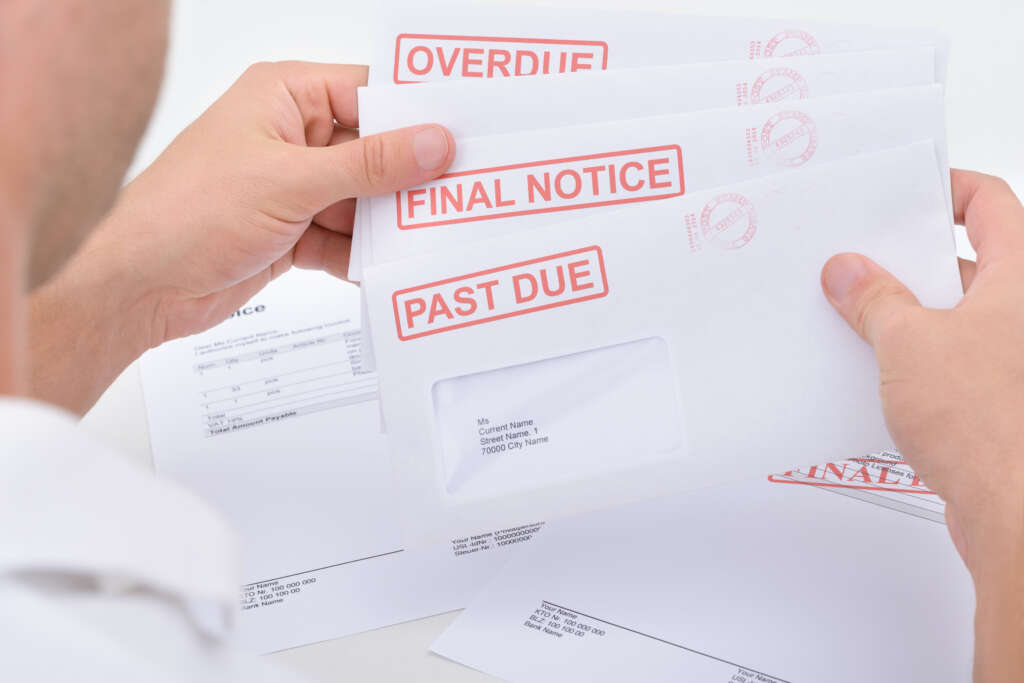Share This Article
When utility bills pile up faster than your ability to pay them, shutoff protection programs can prevent disconnection while you get back on your feet. Every state has regulations protecting certain vulnerable customers, and many utilities offer additional assistance programs.
Understanding Basic Protections
Utility companies can’t cut off service without following specific legal procedures. Most states require 10-30 days written notice before disconnection, and many prohibit shutoffs during extreme weather conditions.
Most states protect households with elderly residents (typically 65+), young children, or residents with serious medical conditions. Many states prohibit utility shutoffs during winter months, typically November through March, regardless of payment status.
Medical Emergency Protections
If someone in your household depends on electrically powered medical equipment, contact your utility immediately to apply for medical protection status. This designation typically prevents shutoff for 30-60 days while you arrange payment plans.
You’ll need a letter from a licensed physician confirming the medical necessity of uninterrupted service. Medical protections often require annual renewal with updated physician documentation.

Federal Energy Assistance
The Low Income Home Energy Assistance Program (LIHEAP) provides financial help with energy bills, including emergency assistance to prevent shutoffs. Most programs serve households earning 150% of federal poverty guidelines or less. For 2025, this means individuals earning under $22,545 annually or families of four earning under $46,350.
Apply through your state’s designated LIHEAP agency, often located within social services departments. Applications typically require recent utility bills, income documentation, and Social Security numbers for household members.
Find your state’s program through the National Energy Assistance Directory.
Utility Company Programs
Many utility companies operate assistance programs beyond state-mandated protections. Budget billing spreads annual energy costs over 12 equal monthly payments, making bills more predictable. Payment plans allow you to catch up on past-due amounts through extended payment schedules.
Utility hardship programs may offer reduced rates, bill credits, or debt forgiveness for qualifying low-income customers. Debt management programs help customers pay off accumulated past-due amounts through structured payment plans, with some utilities forgiving portions of overdue balances.
Smart Application Strategies
Contact your utility company as soon as you anticipate payment problems. Early intervention provides more options and prevents the stress of imminent disconnection.
Gather required documents before applying: recent utility bills, income statements, bank statements, and medical documentation if applicable. Apply for several assistance programs simultaneously, as combining help from different sources often provides more comprehensive relief.
Local Salvation Army, United Way offices, and faith-based organizations often provide emergency utility assistance grants for immediate shutoff prevention. Find local Community Action Agencies through the Community Action Partnership directory.
Avoiding Scams and Planning Ahead
Scammers often target people behind on utility bills with fake shutoff notices demanding immediate payment via wire transfer, prepaid cards, or cryptocurrency. If you receive an unexpected shutoff notice, call your utility company directly using the number on your official bill.
Be suspicious of callers demanding payment within hours or threatening immediate shutoff for small amounts. Legitimate utilities always send written notices before disconnection and provide multiple payment options.
Many assistance programs require participation in weatherization programs that reduce future energy costs through free home energy audits, insulation, and energy-efficient appliances. The federal Weatherization Assistance Program provides these improvements for low-income households.
Budget for seasonal variations in energy costs by setting aside money during low-usage months. Mark application deadlines for annual assistance programs on your calendar, as many have limited funding that runs out early in the fiscal year.
Utility shutoff protection requires proactive planning and knowledge of available resources. Contact utility companies early, apply for multiple assistance programs, and take advantage of energy efficiency programs to reduce future bills.


